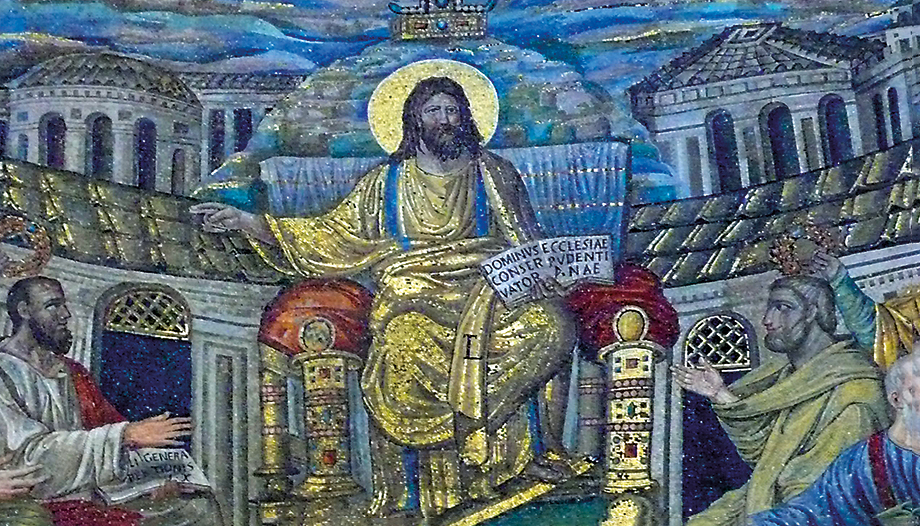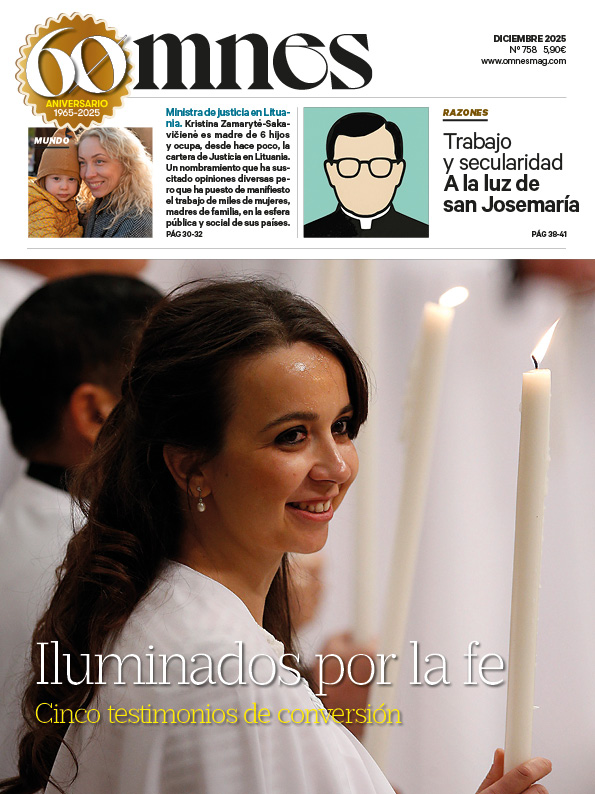From the apostolate of the first Christians, the last days of St. Paul in Rome, or the martyrdom of St. Peter, the series Learning Rome (Imparare Roma)of the Pontifical University of the Holy Cross, in collaboration with the company Identity Digitoffers a window into the history of Christians in the Eternal City.
Students involved
"The aim of the project is to explore the unique contribution that the Christian history of Rome offers to the holistic education of students at the University. What is interesting is that it is the students themselves who present the content of the videos.", Dr. Anna Malyszkiewicz, project coordinator, explains to Omnes. "In this way, students have the opportunity to get to know Rome first hand and, in their own language, to invite others to discover places related to the city's rich Christian heritage.", he adds.
The videos have been elaborated "with care and scientific rigor"The project was carried out by Luis Cano, professor of Church History, and Javier Domingo, professor of Christian Archaeology, with the advice of other professors of the University. The project "is designed for outreach purposes" and is "an opportunity to learn more about the history of Christianity and the cultural heritage of Rome from antiquity to the present day. The aim is to contribute to a greater and positive development not only academically, but also personally and humanly in society.".
The short films have an average length of five minutes and are structured "in three chronological series: the first covers Antiquity, the second the Middle Ages and the beginning of the Modern Age, and the third the rest of the Modern Age up to the present day. Through the lives of the saints and the most significant historical events, viewers embark on a virtual journey through time to discover the cultural and historical heritage of Rome. So far, 15 episodes have been produced, with the participation of 17 students of different nationalities and faculties, both lay and religious. The filming of the last episodes will be completed in June 2024, with the participation of new students who will have the opportunity to learn about the history of the city in which they live and study."explains Dr. Malyszkiewicz.
The origin of the project
The coordinator of this exciting initiative also reveals that the idea of Learning Rome "arose from a quote by the young priest Karol Wojtyła, future Pope John Paul II, who, before leaving for Rome to complete his doctoral studies, received advice from one of his professors in Krakow: 'learn Rome itself'. This advice inspired the title and spirit of the project.".
In addition, "the Pontifical University of the Holy Cross wanted to create a program that would allow students to immerse themselves in the Christian history of Rome, not only as a subject of study, but as a lived and shared experience with the aim of offering students and viewers a deeper and more personal understanding of the cultural and spiritual richness of Rome.".
International reach
The series has not yet finished airing: to date, seven episodes of the first series (Seniority). The videos are subtitled in Italian, English, Spanish and Portuguese, so they can be accessed by a large number of people and the project has been received with great enthusiasm: "The videos are available in Italian, English, Spanish and Portuguese.The reaction from viewers has been extremely positive. Enthusiastic comments have come first and foremost from the students themselves, both from those who participated in the filming and lived this adventure and from their classmates who saw their friends on the screen. Many of them shared the videos with their families and friends in their home countries, thus creating a truly international broadcasting network.".
On the other hand, "The videos have also been very much appreciated by friends of the University from all over the world, who follow all the activities of Holy Cross online. Numerous people who have seen the published episodes have expressed their gratitude for this initiative, which has allowed them to discover small or unknown places in Rome, such as the Roman Houses of Celio or Ostia Antica. This project also attracted the attention of the press and some international media, which described it and encouraged others to follow it."The Pontifical University of the Holy Cross explains.
Difficulties along the way
However, carrying out this ambitious project was not easy. As Dr. Malyszkiewicz tells us, "It was not an easy task.Rome is the capital of Italy, the capital of the Lazio region, home to the Vatican State and has a multitude of monuments and places belonging to different congregations, states or institutions. Obtaining permission to shoot video in some places has been very laborious. Sometimes, filming in the same place required permits from three or four different institutions. Managing these permits took months of preparation and work. We have a famous red folder with all the correspondence and permits from the institutions, which we keep as a treasure.".
The house where St. Peter lived
But all this effort paid off, because, "During the filming, both the crew and the students experienced some incredible adventures. For example, we were able to visit, equipped with helmets and protective gear, the basement of the church of Santa Pudenziana, where the house of a 1st century citizen named Pudente is located, where, according to tradition, St. Peter is said to have lived. It was a unique experience of immersion in ancient Rome."The project coordinator points out.
"Another special place we visited was the Roman Houses of the Caelian, where probably the first Christians celebrated the Eucharist in secret. Among the various decorations and frescoes, there are no obvious Christian symbols, except for a painted figure of a pray-er, that is, a person in an attitude of prayer, which catches the eye. To be there and to think that so many centuries ago the first Christians would have celebrated the Holy Mass there was a unique emotion for everyone.".
Undoubtedly, this is a unique experience, which, moreover, is available free of charge to everyone at the click of a button. The Pontifical University of the Holy Cross hopes that "these videos encourage viewers to visit these places in order to get to know the Eternal City better in all its richness, going beyond the usual tourist sites".








